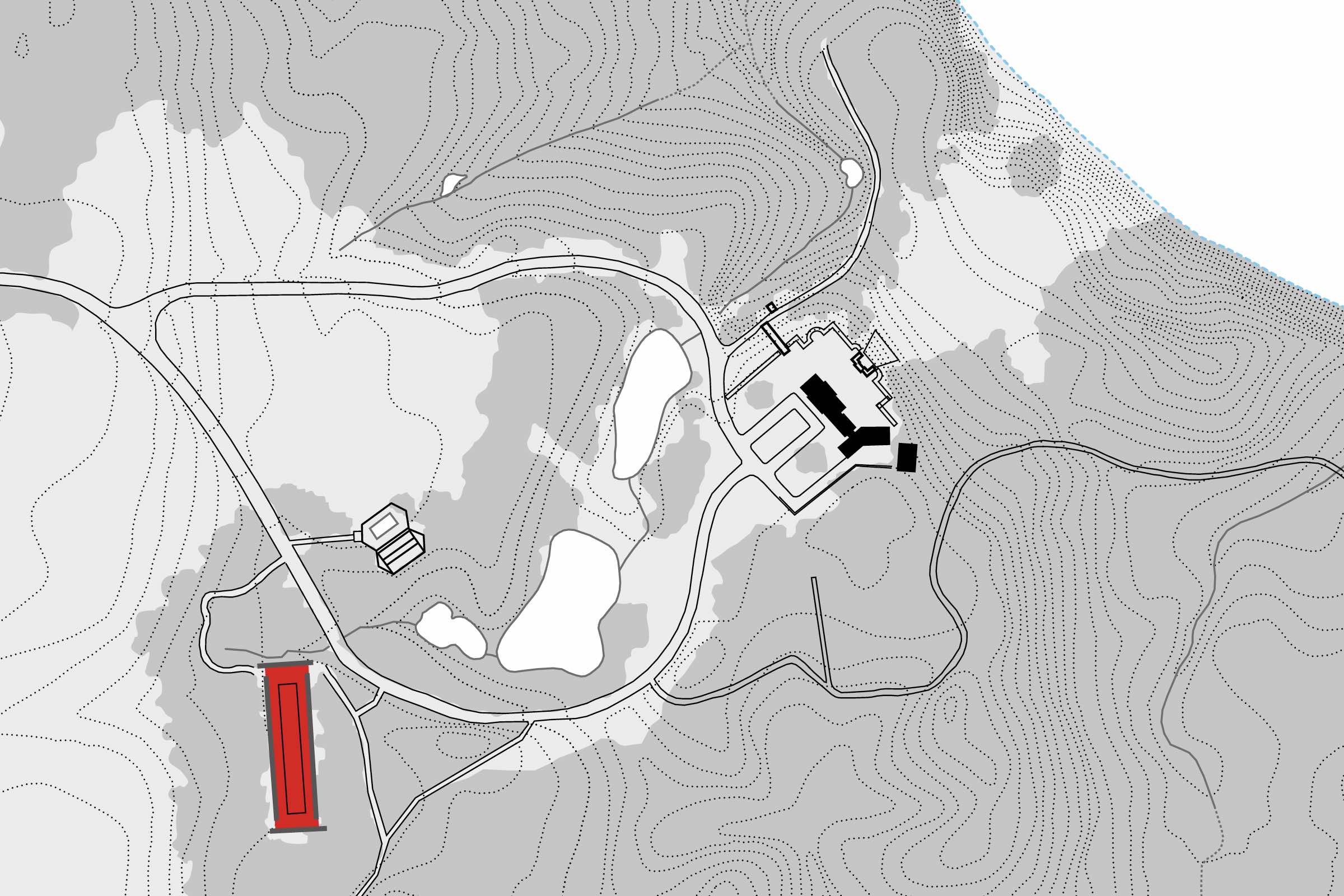Downloads
DOI:
https://doi.org/10.7480/spool.2014.1.630Abstract
The heterogeneity of the contemporary metropolitan landscape has led to a multiplicity of intermediate spaces, in between and within the different tissues of the metropolitan landscape. These interstices can provide favourable conditions to be transformed into gardens. What design instruments can be discovered for these gardens to address the characteristics of the interstice? And what is the value of doing so? In this essay three contemporary examples are compared, which explicitly address the different metropolitan landscapes in which they are located.
Paley Park (New York, USA) is a transformation of an interstice within a dense urban tissue.
Crazannes Garden (Crazannes, FR) creates a point of contact between motorway and rural landscape.
Reflection Garden (Seattle, USA) addresses the inclusion of what used to be the hinterland into the metropolitan realm, which has so little physical impact that the interstitial space between the urban fragments constitutes practically the entire surface.
The gardens are compared focusing on the landscape, the metropolitan condition of their situation, and the formal, spatial and visual transformation of the context in the composition of the garden. From the case studies one can conclude that gardens can define specific places in a generic metropolitan landscape, employing several design tools: centring, enclosing and highlighting a specific selection of existing landscape qualities.
How to Cite
Published
License
Copyright (c) 2020 SPOOL

This work is licensed under a Creative Commons Attribution 4.0 International License.

References
Czerniak, J. & Hargreaves, G. (Eds.). (2007). Large Parks. New York, NY: Princeton Architectural Press.
De Certeau, M. (1984). The Practice of Everyday Life. Translated by Steven Rendall. Berkeley, CA: University of California Press.
Dupuy, G. (2008). Urban networks – network urbanism. Delft, Netherlands: Techne Press.
Forman, R. (2008). Urban Regions: Ecology and Planning Beyond the City. Cambridge, MA: Cambridge University Press.
Foucault, M. (1967). Of Other Spaces: Utopias and Heterotopias. In N. Leach (Ed.) (1997), Rethinking Architecture; A Reader in Cultural Theory (pp. 348-356). London, United Kingdom: Routledge.
Hayden, D. (1995). The Power of Place: Urban Landscapes as Public History. Cambridge, MA: The MIT Press.
Hunt, J. D. (1996). L’art du jardin et son histoire. Paris, France: unpublished.
Jones, E. (1990). Metropolis; the world’s great cities. Oxford, United Kingdom: Oxford University Press.
Koolhaas, R. (1994). Delirious New York. Rotterdam, Netherlands: 010 Publishers.
Lassus, B. (1998). The Obligation of Invention. In The Landscape Approach. Philadelphia, PA: University of Pennsylvania Press.
Marin, L. (1992). Lectures traversières. Paris, France: Albin Michel.
Marot, S. (2003). Preface to Steenbergen, C. and Reh, W. Architecture and Landscape. Bussum, Netherlands: THOTH Publishers.
May, J. A. (1970). Kant’s Concept of Geography and its Relation to Recent Geographical Thought. Toronto, Canada: University of Toronto Press.
Mosser, M. & Teyssot, G. (1991). Histoire des jardins de la Renaissance à nos jours, Paris, France: Flammarion.
Neutelings W. J. et al. (1989). De transformatie van de Haagse Stadsrand: De Randstad als Ruimtelijk-Programmatisch Tapijt. In Stadsontwerp in ’s-Gravenhage. Delft, Netherlands: Delft University Press.
Norberg-Schulz, C. (1980). Genius Loci: Towards a Phenomenology of Architecture. London, United Kingdom: Academy Editions.
Relph, E. (1976). Place and placelessness. London, United Kingdom: Pion Limited.
Rowe, C. (1992). Making a Middle Landscape. Boston, MA: The MIT Press.
Sauer, C. (1925). The Morphology of Landscape. University of California Publications in Geography, 2(2), 19-53.
Sieverts, T. (1997). Zwischenstadt: Zwischen Ort und Welt, Raum und Zeit, Stadt und Land. Berlin, Germany: Birkhäuser.
Steenbergen, C. M. (2008). Metropolitan Footprints. In H. Bekkering, et al. (Eds.), The Architecture Annual 2006-2007 (pp. 110-115). Rotterdam, Netherlands: 010 Publishers.
Steenbergen, C. M. & Reh, W. (2011). Metropolitan landscape architecture – urban parks and landscapes. Bussum, Netherlands: Thoth publishers.
Tuan, Y. (1977). Space and place: the Perspective of Experience. Minneapolis, MN: University of Minnesota Press.
Van der Velde, R. & De Wit, S. (2009). The Landscape Form of the Metropolis. In F. Claessens, & A. Vernez Moudon (Eds.), Footprint Issue # 9 – Metropolitan Form (pp. 55-79). Delft: DSD.
Waldheim, C. (Ed.). (2006). The Landscape Urbanism Reader. New York, NY: Princeton Architectural Press.
Webber, M. M. (1964). The Urban Place and Nonplace Urban Realm. In M. M. Webber et al. (Eds), Explorations into urban structure (pp. 79-153). Philadelphia, PA: University of Pennsylvania Press.
Whyte, W. H. (1980). The social life of small urban spaces. New York, NY: Project for Public Spaces.
Zion, R., & Breen, H. (1963). New Parks for New York. New York, NY: Architectural League of New York.



